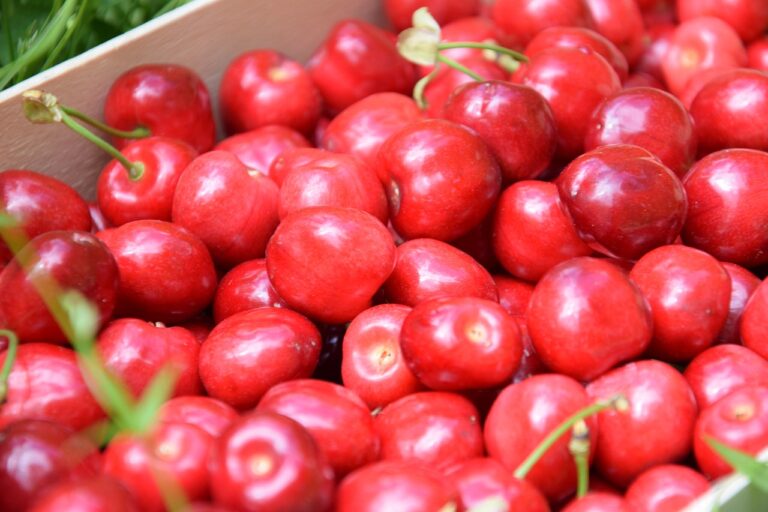The Rise of Sustainable Food Packaging
In recent years, there has been a growing trend towards sustainability in all aspects of our lives, including the way we package our food. With the increasing awareness of environmental issues such as plastic pollution and climate change, consumers and businesses alike are seeking more eco-friendly alternatives to traditional packaging materials. This has led to a rise in the development and adoption of sustainable food packaging options that are not only better for the planet but also offer a range of other benefits. In this article, we will explore the reasons behind the rise of sustainable food packaging, discuss some of the most popular eco-friendly materials being used, and examine the impact of these changes on the food industry.
The Need for Sustainable Food Packaging
The food packaging industry is one of the largest contributors to global plastic waste, with millions of tons of waste being generated every year. Traditional packaging materials such as plastic bags, bottles, and containers take hundreds of years to decompose, leading to pollution of our oceans and landfills. In addition, the production of these materials contributes to carbon emissions and other environmental issues. As consumers become more conscious of these issues, there is a growing demand for greener packaging alternatives that can help reduce waste and protect the environment.
Popular Sustainable Food Packaging Materials
There are a variety of sustainable packaging materials that are being used by companies to reduce their environmental impact. Some of the most popular options include:
1. Biodegradable Plastics
Biodegradable plastics are made from natural materials that break down more quickly than traditional plastics, reducing the amount of waste that ends up in landfills and oceans. These materials can be composted or recycled, making them a popular choice for eco-conscious consumers.
2. Plant-based Plastics
Plant-based plastics are derived from renewable resources such as corn or sugarcane, making them a more sustainable alternative to petroleum-based plastics. These materials are biodegradable and have a lower carbon footprint, making them an attractive option for companies looking to reduce their environmental impact.
3. Recycled Materials
Recycled materials, such as paper, cardboard, and glass, are widely used in sustainable food packaging. These materials can be easily recycled or composted, reducing the need for new resources and minimizing waste. Companies are increasingly using recycled materials in their packaging to meet consumer demand for greener products.
4. Reusable Containers
Reusable containers, such as stainless steel or glass jars, are gaining popularity as a sustainable alternative to single-use packaging. These containers can be easily cleaned and reused, reducing waste and saving consumers money in the long run. Many food companies are now offering their products in reusable containers to appeal to environmentally-conscious consumers.
The Impact of Sustainable Food Packaging on the Food Industry
The shift towards sustainable food packaging is having a profound impact on the food industry, from production to distribution to consumer behavior. Companies that embrace eco-friendly packaging are seeing benefits such as:
1. Brand Reputation
Consumers are increasingly choosing brands that are committed to sustainability, leading companies to invest in greener packaging options to attract and retain customers. By using sustainable materials, companies can enhance their brand image and build trust with environmentally-conscious consumers.
2. Cost Savings
While the initial cost of sustainable packaging materials may be higher than traditional options, companies can save money in the long run by reducing waste and improving efficiency. For example, using recycled materials can lower production costs and minimize the need for new resources, leading to cost savings over time.
3. Regulatory Compliance
As governments around the world introduce stricter regulations on plastic use and waste management, companies are under increasing pressure to adopt sustainable packaging practices. By proactively implementing eco-friendly solutions, companies can ensure compliance with regulations and avoid potential fines or penalties.
4. Consumer Demand
Consumers are driving the demand for sustainable food packaging, with surveys showing that a growing number of people are willing to pay more for eco-friendly products. Companies that offer greener packaging options are likely to attract a larger customer base and stay ahead of competitors in the market.
Overall, the rise of sustainable food packaging is reshaping the way food is packaged, distributed, and consumed. By embracing eco-friendly materials and practices, companies can reduce their environmental impact, attract more customers, and build a positive brand image. As the demand for sustainable products continues to grow, it is clear that sustainable food packaging is here to stay.
FAQs
1. What are the benefits of sustainable food packaging?
Sustainable food packaging offers a range of benefits, including reducing waste, lowering carbon emissions, and protecting the environment. Companies that use eco-friendly packaging materials can improve their brand reputation, save money, and attract environmentally-conscious consumers.
2. How can I tell if a product is packaged sustainably?
To determine if a product is packaged sustainably, look for labels or certifications indicating that it is made from recycled or biodegradable materials. You can also check the company’s website or contact them directly to learn more about their packaging practices.
3. Are reusable containers a good alternative to single-use packaging?
Yes, reusable containers are a great alternative to single-use packaging as they help reduce waste and save money in the long run. Companies that offer products in reusable containers are helping to minimize environmental impact and meet consumer demand for greener options.
4. How can I encourage companies to adopt sustainable food packaging practices?
One way to encourage companies to adopt sustainable food packaging practices is to support brands that prioritize sustainability in their packaging choices. You can also reach out to companies directly to express your interest in eco-friendly options and provide feedback on their products.







